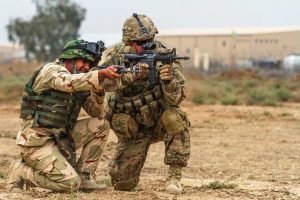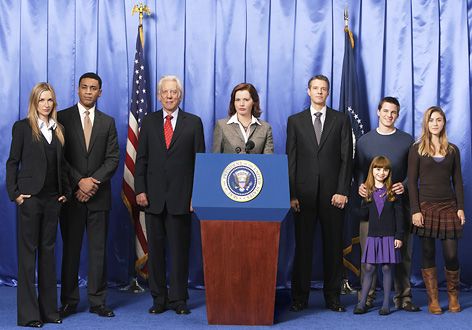Who is the Commander in Chief of the Military
The term “Commander in Chief” holds significant weight in the realm of military and political leadership. In this article, we will delve deep into the role, responsibilities, and historical background of the Commander in Chief. We will also explore the nuances of this position in the United States and other countries, as well as the selection process, notable figures who have held the title, and the challenges they face. Additionally, we’ll examine how the commander-in-chief impacts international relations and the importance of civilian control over the military.
The Role of Commander in Chief
The Commander in Chief is a title given to the highest-ranking officer within a nation’s military. This individual is responsible for overseeing and making crucial decisions regarding the armed forces. While the specifics of the role can vary from one country to another, the underlying principle remains the same: the Commander in Chief is the ultimate authority in the military hierarchy.
Historical Background
The concept of a Commander in Chief has a long and storied history, dating back to ancient civilizations. In ancient Rome, for instance, the title was held by the highest-ranking military officer, often the Roman Emperor. Over the centuries, this idea evolved, with different nations adopting their own interpretations of the role. For more interesting information visit our website generalquests.com
Commander in Chief in the United States
In the United States, the Commander in Chief is a role assumed by the President. This unique position stems from the country’s commitment to civilian control of the military. It ensures that the military remains subordinate to the elected government, preventing the establishment of a military dictatorship.
Presidential Powers and Responsibilities
The President, as Commander in Chief, wields significant authority over the U.S. military. They can deploy troops, make key military decisions, and set the overall strategic direction for the armed forces. This authority, however, is balanced by the requirement to consult with Congress on declaring war, a check and balance that is deeply rooted in the U.S. Constitution.
The Military Chain of Command
Understanding the military’s chain of command is essential in grasping the Commander in Chief’s role. This hierarchical structure ensures a smooth flow of orders and decision-making, from the Commander in Chief down to the lowest-ranking soldier.

Command Structure in Different Countries
It’s important to note that the role of Commander in Chief isn’t exclusive to the United States. Many other countries have their own versions of this position, each with its unique set of powers and responsibilities. These variations reflect the cultural and political nuances of each nation.
The Selection Process
In the United States, the Commander in Chief is elected through the presidential election process. This democratic approach reinforces the principle of civilian control over the military. Other countries may use different methods for selecting their military leaders.
Notable Commanders in Chief
Throughout history, the world has seen remarkable individuals assume the role of Commander in Chief. Leaders like George Washington, Abraham Lincoln, and Dwight D. Eisenhower have left a lasting impact on their respective nations.
Challenges and Decisions
Commanders in Chief face an array of challenges, from making critical wartime decisions to managing the defense budget. These decisions have far-reaching consequences and often define a leader’s legacy.
Civilian Control of the Military
Civilian control of the military is a cornerstone of democratic governance. It ensures that the ultimate power rests with elected officials rather than unelected military leaders, safeguarding the nation from the dangers of military coups.

Commander in Chief and International Relations
The actions and decisions of a Commander in Chief can significantly influence a nation’s foreign policy and international relations. Diplomacy, alliances, and conflicts are all intricately tied to military leadership.
The Commander in Chief’s Leadership Style
Each Commander in Chief brings their unique leadership style to the role. Some leaders are known for their assertiveness, while others favor a more diplomatic approach. These styles can shape the military’s culture and operations.
Conclusion
In conclusion, the Commander in Chief is a pivotal figure in any nation’s military structure. In the United States, the President serves as the Commander in Chief, embodying the principle of civilian control. The role comes with immense responsibility, as decisions made by the Commander in Chief can alter the course of history and impact international relations.
FAQs
Who is currently the Commander in Chief of the United States?
As of my last knowledge update in September 2021, the Commander in Chief of the United States is the President. Please check the most recent information for the current officeholder.
Can the Commander in Chief declare war without Congress’s approval?
The U.S. Constitution grants Congress the power to declare war, although the President, as Commander in Chief, can deploy troops in emergencies. However, a formal declaration of war requires congressional approval.
What happens if the Commander in Chief disagrees with military leaders?
The Commander in Chief has the final say on military matters, but they often consult with military leaders and advisors to make informed decisions.
Has the United States ever had a military dictatorship?
No, the United States has maintained a strong commitment to civilian control of the military, preventing the establishment of a military dictatorship.
Are there female Commanders in Chief?
Yes, some countries have had female Commanders in Chief, breaking gender barriers in military leadership.





